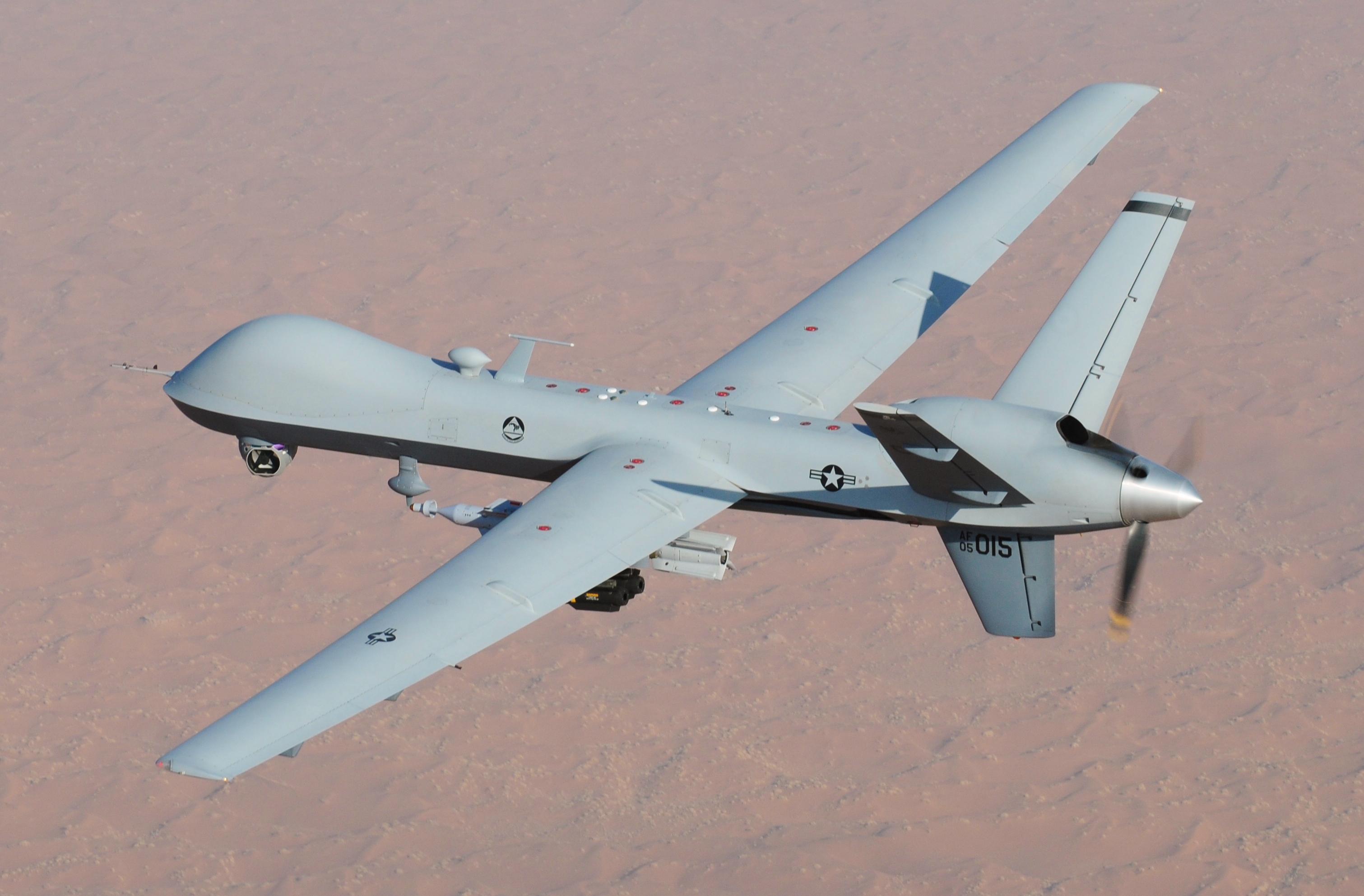
Anyone Else Thinking About Drones?
Michael A. Hennessy, Royal Military College of Canada - October 21, 2021
Reading Time: 4 min

As a former gunner and infantryman, I have not lost my interests in the evolution of the tactical battlefield and lately something has been disturbing my dreams. That thing is drones, ubiquitous, remote controlled and semi-autonomous drones. Drones large and small. Drones with precision intelligence, surveillance and reconnaissance (ISR) capabilities, drones with precision strike capabilities, drones that can act as aerial mines, drones that can deploy as actual mines, drones that can move in coordinated swarms to blind, hinder, degrade, or shatter all manner of targets. I am not talking about those large high altitude drones that can provide high endurance surveillance missions, or even the large single strike drones that might be used to target say an individual moving in a convoy — though they do concern me.
I am talking about the range of drones used during the short, sharp renewed warfare between Armenia and Azerbaijan last year over Nagorno-Karabakh. If you have not paid much professional interest to that war, just do an internet search for ‘Armenia war drones.’ The images should make everyone uncomfortable with their prospects on any future battlefield. The numbers and capabilities of relatively inexpensive but highly capable surveillance and strike drones displayed during this conflict are a far cry from the crude commercial off-the-shelf types with garage level modifications employed by ISIS/ISIL only several years previously. The numbers and capabilities displayed by the Azerbaijanis illustrate an age-old lesson — a cunning foe will seek to develop the means to change the tactical conditions which led to their failure in previous campaigns. They also illustrated that the technology now available will not require the resources of a premiere military force to field, or operate successfully. Armenia was not without drones, but clearly had not prepared to employ them on the scale of their adversaries. Further, we know some of our allies and potential adversaries are experimenting with field formations of 3000- plus drones in tactical formations for coordinated strikes against tactical formations at the forward edge of the battle area (FEBA) and deep into rear echelons. The Azerbaijani forces clearly used their drones for such a mix.
Perhaps military writers invoke the term ‘revolution’ too often, but for me that recent war illustrates a revolution in the tactical battlefield that is no less significant than when the Soviet Union developed and then shared their man portable anti-tank (AT) rockets. These played a dominant role in smashing through the Bar-Lev Line and holding back numerous Israeli armoured attacks during the war of October 1973 (Yom Kippur War). Armoured and infantry forces thereafter increased the scale of the tactical engagement space considerably. Land based systems operating at line of sight cannot compete with aerial systems that enjoy much greater sight horizons. Ubiquitous drones employed at the tactical level are today’s threat, not tomorrow’s, but tomorrow’s armed forces will have to consider how to develop and deploy such forces probably as innate elements to tactical land formations and do so in very short order. Cunning enemies are always looking for the element of surprise. A famous general once said, all military history can be summed up in two words, ‘too late.’ We have forces deployed globally and in several theatres they face an immediate tactical challenge of being caught out in the open, or acting too late. I wonder who is actively finding a timely solution for the Canadian Army. It is needed before tomorrow.

Related Content
| preview | 1 | title | 4 | 5 |
|---|